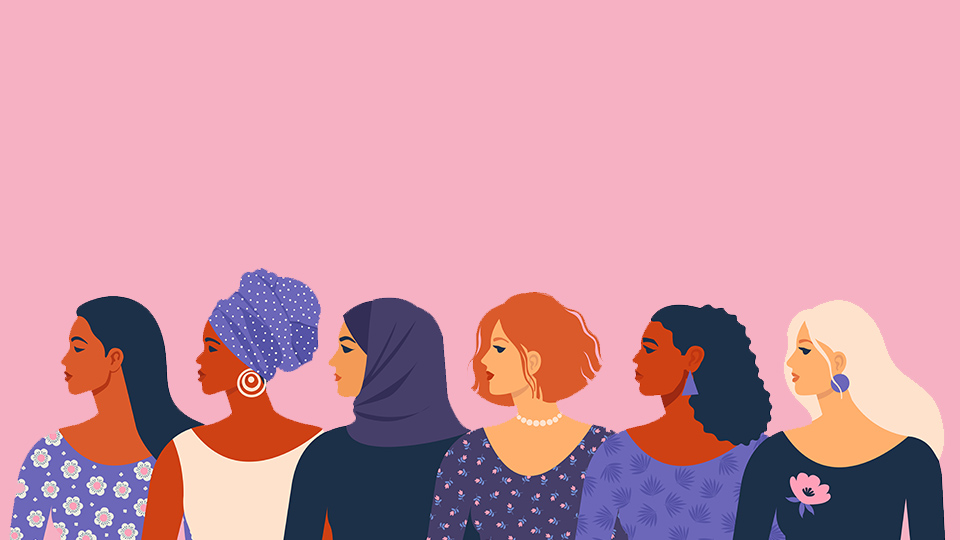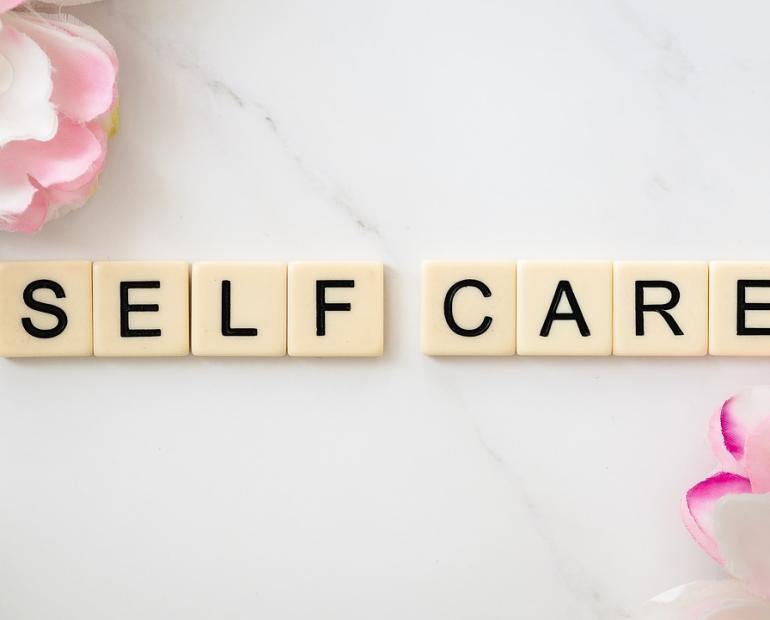
As recently as decades ago, those seeking to make a change in gender equality had few means of doing so quickly and conveniently. Social media has proven to be a powerful mechanism in bringing attention to women’s issues, galvanizing action worldwide and advocating to policy makers efficiently and effectively.
Unlike rallies limited to those in large cities, or letters seen only by the recipient of the letter, social media can be used by and seen by almost anyone with an internet connection. By overcoming obstacles such as distance and geography, Facebook, Twitter, and Instagram have created a platform for awareness - local issues are able to become global concerns, and local activists become connected with global citizens.
But social media activism doesn’t only raise awareness for a multitude of causes – it has generated tangible results, too. After the 2012 gang rape and subsequent death of a young Delhi physiotherapy student, the hashtag #DelhiGangRape brought gender-based violence in India into the spotlight. The hashtag campaign brought into effect public street mobilization, resulting in the government introducing specific anti-rape provisions in the Criminal code. The success of this protest has been largely credited to the use of Facebook, Twitter and other social media sites, which allowed people all over the world to express their frustration and have their voice be heard.
Another example of the power of public backlash on social media is the creation of the #StandWithPP hashtag in 2012. This hashtag was created after the Susan G. Komen Foundation announced it would be withdrawing its funding of Planned Parenthood, a nonprofit organization providing reproductive health care globally. Planned Parenthood supporters used the #StandWithPP hashtag on Twitter to voice their support of the organization, and within days, Komen responded to the backlash, reversing their decision.
Adding on to this, high profile cases of sexual assault such as those in the #MeToo movement, along with subsequent media attention and overwhelming condemnation of abuse, has transformed a previously unacknowledged topic, one that was spoken of in whispers or euphemisms if even discussed at all, to one of global interest and reach.
These platforms have the potential to flourish to an even greater extent, through facilitating access to technology and increasing women’s representation in media. Many women are restricted by illiteracy, language barriers, and the digital divide in infrastructure between rural and urban areas. Globally, women face increasing backlash and abuse on social media; negative gender stereotypes and lower representation of women in both traditional and new media organizations also silence women’s online voices. Increasing female leadership in media organizations can ensure that advocacy is able to influence both decision-making processes and public awareness on key women’s rights issues.
Social movements are getting stronger, and new campaigns are expanding as quickly as they emerged. In the long run, there is potential for women to gain enough support that policy makers cannot ignore the problems they represent. Only time will tell, but social media is beginning to change the story for women’s voices.






